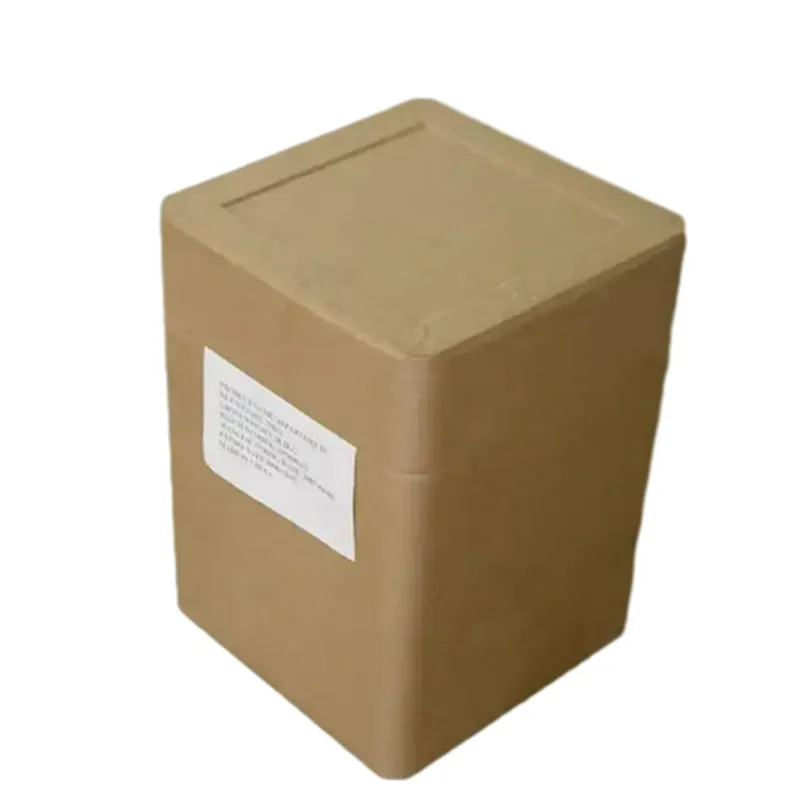
sweeteners 950 952 and 955
Understanding Sweeteners An Insight into E950, E952, and E955
In today's health-conscious world, the demand for low-calorie and sugar-free alternatives has surged. Among these, artificial sweeteners have garnered significant attention, particularly E950 (Acesulfame K), E952 (Cyclamate), and E955 (Sucralose). These substances are not only popular in the food industry but also in various consumables like beverages, dairy products, and confectioneries. This article delves into these three sweeteners, discussing their properties, uses, and potential health implications.
E950 Acesulfame K
Acesulfame K, commonly known as Ace-K, is a non-caloric sweetener that is about 200 times sweeter than sucrose (table sugar). It was discovered in the late 1960s and has since gained approval from several global food safety authorities, including the FDA and EFSA. One of the prominent features of Acesulfame K is its stability under heat, making it suitable for baking and cooking.
Acesulfame K is frequently used in combination with other sweeteners to enhance flavor profiles and mask unpleasant aftertastes associated with certain substances. Its ability to provide a sweet taste without contributing calories has made it a popular choice for products marketed toward weight-conscious consumers, such as diet sodas and low-calorie snacks.
Despite its widespread use, Acesulfame K has faced scrutiny regarding its safety. Some studies have raised concerns about potential adverse effects on health, including its relationship with cancer in rodents. However, numerous regulatory agencies have deemed it safe for human consumption at the recommended levels.
E952 Cyclamate
Cyclamate is another low-calorie sweetener, about 30 times sweeter than sucrose. First introduced in the 1950s, it subsequently gained popularity due to its cost-effectiveness and sugar-like taste. Cyclamate is particularly favored in the formulation of tabletop sweeteners and is often combined with other sweeteners to improve taste and reduce the overall caloric content in foods and beverages.
sweeteners 950 952 and 955

However, the use of cyclamate has been banned in the United States since 1970 due to concerns over its potential carcinogenic effects. Research indicating the development of bladder cancer in lab animals led to this decision, causing cyclamate to be viewed with caution in many regions. Nonetheless, it remains approved in various countries, including Canada and parts of Europe, where it is seen as a safe alternative when consumed within established limits.
E955 Sucralose
Sucralose, branded as Splenda, is a chlorinated derivative of sucrose that is approximately 600 times sweeter than sugar. Its unique structure contributes to its distinctive sweetness without any calories, making it a popular choice among consumers seeking sugar substitutes. Sucralose is highly stable under heat, making it suitable for cooking and baking, similar to Acesulfame K.
This sweetener has gained extensive approval and is widely used in various applications, ranging from baked goods to beverages. One significant advantage of sucralose is its ability not to affect blood glucose levels, making it an appealing option for diabetics and those maintaining a low-carbohydrate diet.
While research has largely supported the safety of sucralose, some studies have raised concerns regarding its impact on gut health and the microbiome, prompting further investigation. Regulatory agencies continue to monitor its usage and safety profile to ensure consumer health is not compromised.
Conclusion
In summary, E950, E952, and E955 represent key players in the realm of artificial sweeteners, each with distinct properties, applications, and regulatory statuses. While they offer viable alternatives to sugar, their safety and health implications require ongoing scrutiny. As consumers become increasingly aware of dietary choices, these sweeteners will likely continue to be a subject of interest in both the food industry and public health discourse. Understanding the nuances of these substances allows consumers to make informed choices that align with their health goals. As the market evolves, ongoing research will be essential to ensure that sweetening agents remain a safe and effective option for all.
-
Pure Sodium Dichloroisocyanurate Dihydrate | Powerful DisinfectantNewsAug.29,2025
-
Industrial Chemicals: Quality & Purity for Every IndustryNewsAug.28,2025
-
Nitrile Rubber Honoring Strict Production StandardsNewsAug.22,2025
-
Aspartame Ingredients Honoring Food Safety ValuesNewsAug.22,2025
-
Fertilizer for Balanced Plant NutritionNewsAug.22,2025
-
Cyanide Gold Processing with High Purity AdditivesNewsAug.22,2025
-
Formic Acid in Textile Dyeing ApplicationsNewsAug.22,2025
Hebei Tenger Chemical Technology Co., Ltd. focuses on the chemical industry and is committed to the export service of chemical raw materials.
-

view more DiethanolisopropanolamineIn the ever-growing field of chemical solutions, diethanolisopropanolamine (DEIPA) stands out as a versatile and important compound. Due to its unique chemical structure and properties, DEIPA is of interest to various industries including construction, personal care, and agriculture. -

view more TriisopropanolamineTriisopropanolamine (TIPA) alkanol amine substance, is a kind of alcohol amine compound with amino and alcohol hydroxyl, and because of its molecules contains both amino and hydroxyl. -

view more Tetramethyl Thiuram DisulfideTetramethyl thiuram disulfide, also known as TMTD, is a white to light-yellow powder with a distinct sulfur-like odor. It is soluble in organic solvents such as benzene, acetone, and ethyl acetate, making it highly versatile for use in different formulations. TMTD is known for its excellent vulcanization acceleration properties, which makes it a key ingredient in the production of rubber products. Additionally, it acts as an effective fungicide and bactericide, making it valuable in agricultural applications. Its high purity and stability ensure consistent performance, making it a preferred choice for manufacturers across various industries.





